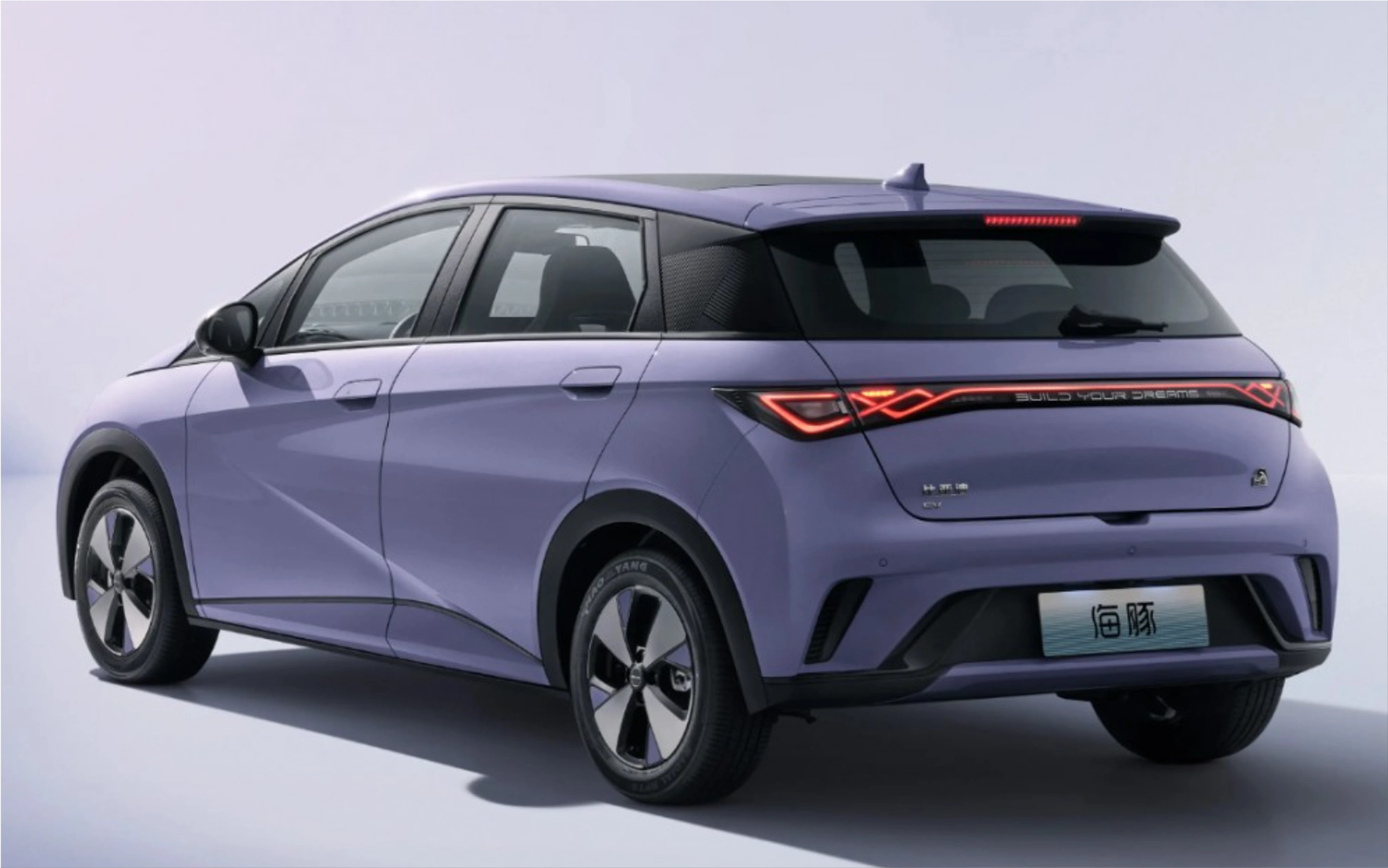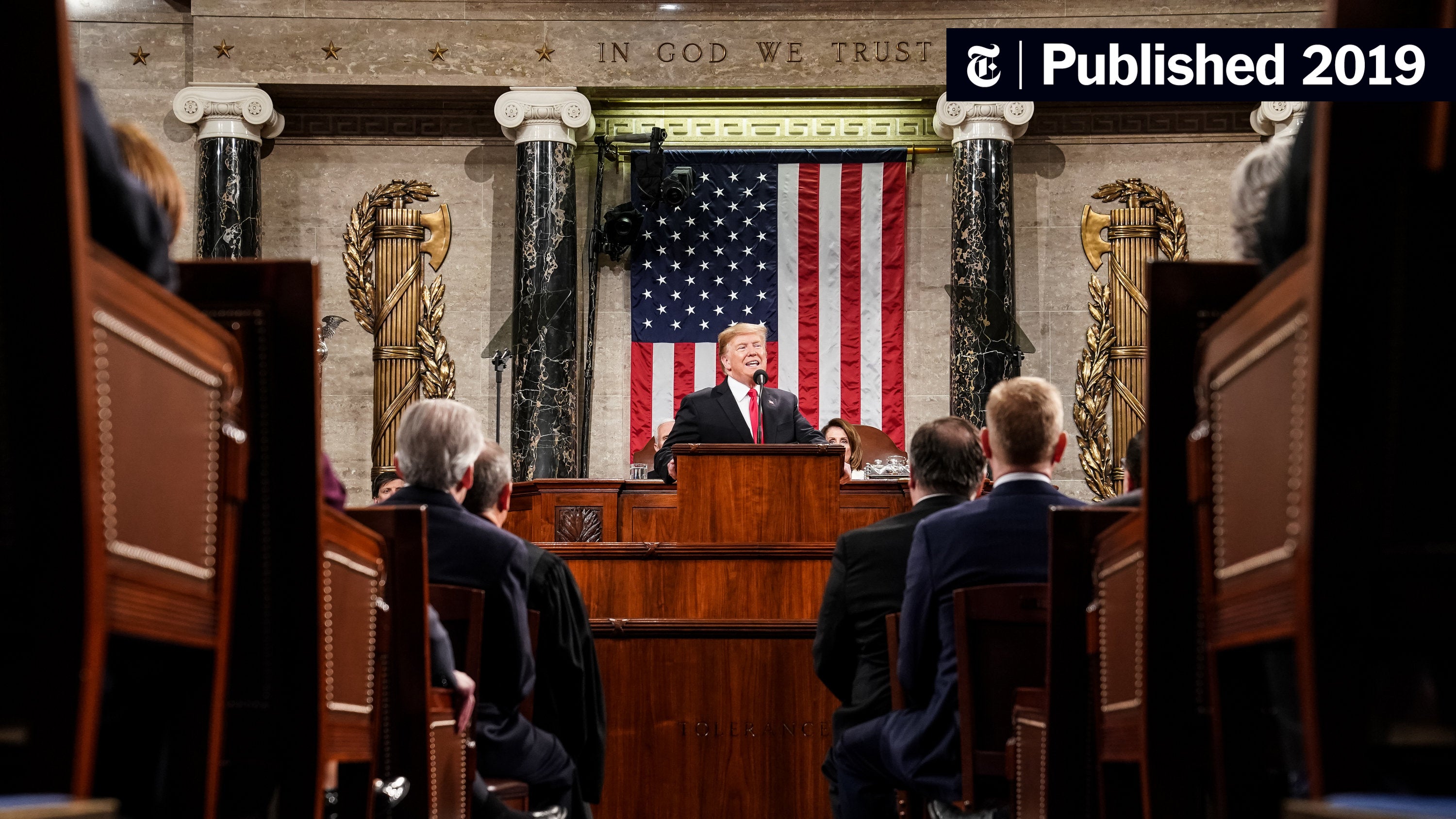Analyzing The China Problem: Why Luxury Carmakers Are Struggling

Table of Contents
Shifting Consumer Preferences in China's Luxury Market
The Chinese luxury car market is undergoing a dramatic transformation, driven by evolving consumer preferences. This shift presents significant challenges for established international brands.
Rise of Domestic Brands
The rise of domestic Chinese luxury car brands is a major disruptor. These brands are increasingly sophisticated, offering competitive pricing and features specifically tailored to the preferences of Chinese consumers.
- Examples: Brands like Nio, Xpeng, and Li Auto are rapidly gaining market share, offering advanced technology like autonomous driving features and extensive charging networks.
- Competitive Advantages: Domestic brands often leverage a deeper understanding of local tastes, cultural nuances, and consumer expectations. Their ability to offer competitive pricing, coupled with technologically advanced features, poses a direct threat to established luxury players.
- Impact: This increased competition forces established luxury brands to reassess their strategies and offer more compelling value propositions to compete effectively.
Younger, More Tech-Savvy Consumers
The demographic shift towards younger, tech-savvy consumers is fundamentally reshaping the luxury car landscape. These consumers prioritize technology, personalization, and sustainability over traditional status symbols.
- Technological Features: Advanced driver-assistance systems (ADAS), seamless connectivity, large infotainment screens, and over-the-air software updates are highly desired.
- Brands Adapting: Brands successfully catering to this demographic often incorporate cutting-edge technology and personalized experiences into their offerings. Tesla's success in China, for example, is partially attributed to its focus on technology and innovation.
- Consequences of Failure: Brands failing to adapt risk becoming irrelevant to a significant and rapidly growing segment of the luxury car market.
Focus on Experiences Over Status Symbols
The definition of luxury is changing in China. Consumers are increasingly prioritizing unique experiences and personalized services over the mere display of wealth.
- Luxury Experiences: Brands are offering concierge services, exclusive events, and personalized customization options to enhance the overall ownership experience.
- Marketing Strategies: Successful marketing strategies focus on building emotional connections and emphasizing the lifestyle associated with the brand rather than solely highlighting its prestige.
- Impact on Branding: Traditional luxury branding needs to evolve to reflect this shift in values and focus on the complete ownership experience.
Intensified Domestic Competition and Market Saturation
The Chinese luxury car market is becoming increasingly saturated, with a growing number of domestic and international brands vying for market share. This intensified competition is leading to price wars and increased pressure on profit margins.
Growing Number of Competitors
The influx of new players, both domestic and international, is significantly increasing the competitiveness of the market. This leads to a fight for market share, impacting pricing strategies and overall profitability.
- Market Saturation: Statistics show a clear trend of increasing market saturation, leading to challenges in maintaining growth.
- New Entrants: The arrival of new players from various regions exerts further pressure on established brands.
- Impact on Pricing: The heightened competition frequently leads to price wars, squeezing profit margins for all participants.
Price Sensitivity and Value for Money
Chinese consumers are becoming increasingly price-sensitive, demanding better value for their money. This challenges the traditional pricing strategies of luxury brands that rely on high profit margins.
- Brands Struggling with Pricing: Many established brands are finding it difficult to maintain premium pricing in the face of increased competition and consumer expectations.
- Balancing Price and Luxury Perception: Successfully navigating this requires a delicate balance between maintaining a luxury perception and offering competitive pricing.
- Impact on Profit Margins: The pressure on pricing inevitably impacts profit margins, forcing luxury brands to re-evaluate their cost structures and business models.
Macroeconomic Factors and Geopolitical Influences
Macroeconomic conditions and geopolitical factors play a significant role in shaping the luxury car market in China. Economic fluctuations and trade tensions create uncertainty and impact consumer confidence.
Economic Slowdown and Uncertainty
Economic slowdowns and uncertainties directly impact consumer spending, especially on luxury goods like cars. This leads to a decrease in demand and increased hesitancy among potential buyers.
- Economic Indicators: Key economic indicators, like GDP growth and consumer confidence indices, directly correlate with luxury car sales.
- Influence on Luxury Spending: Economic uncertainty significantly reduces consumer willingness to spend on discretionary items like luxury vehicles.
- Brand Adjustments: Luxury brands need to adapt their strategies to navigate economic fluctuations and adjust their sales forecasts accordingly.
Geopolitical Risks and Trade Tensions
Geopolitical factors and trade tensions can significantly impact luxury car imports and the overall business environment in China. Trade policies and political events can disrupt supply chains and create uncertainty.
- Trade Policies: Changes in import tariffs or trade restrictions directly impact the pricing and availability of imported luxury cars.
- Impact on Supply Chains: Geopolitical instability can lead to disruptions in supply chains, affecting production and delivery times.
- Adaptation Strategies: International brands need to develop robust contingency plans to mitigate the risks associated with geopolitical uncertainty.
Conclusion
The "China Problem" for luxury carmakers is multifaceted, stemming from a convergence of shifting consumer preferences, intensified domestic competition, and macroeconomic/geopolitical influences. The rise of domestic brands, the demands of tech-savvy consumers, and the evolving understanding of luxury all contribute to this challenge. Economic slowdowns and geopolitical risks further exacerbate the situation. The future of luxury car sales in China hinges on the ability of international brands to adapt, innovate, and offer compelling value propositions that resonate with the changing demands of the Chinese market. To delve deeper into this complex issue, further research on the specific challenges faced by luxury car brands in China and the future of the luxury car market in China is highly recommended. Search for related articles and insights using variations of the keyword "China Problem luxury carmakers" to gain a more comprehensive understanding.

Featured Posts
-
 Razer Blade 16 2025 In Depth Review Of Ultra Portable Gaming Powerhouse
Apr 22, 2025
Razer Blade 16 2025 In Depth Review Of Ultra Portable Gaming Powerhouse
Apr 22, 2025 -
 Unpacking The Economic Consequences Of Trumps Presidency
Apr 22, 2025
Unpacking The Economic Consequences Of Trumps Presidency
Apr 22, 2025 -
 The Distributional Effects Of Trumps Economic Policies
Apr 22, 2025
The Distributional Effects Of Trumps Economic Policies
Apr 22, 2025 -
 Nintendos Action Ryujinx Switch Emulator Development Ceases
Apr 22, 2025
Nintendos Action Ryujinx Switch Emulator Development Ceases
Apr 22, 2025 -
 The End Of An Era Pope Francis Death And His Enduring Legacy
Apr 22, 2025
The End Of An Era Pope Francis Death And His Enduring Legacy
Apr 22, 2025
